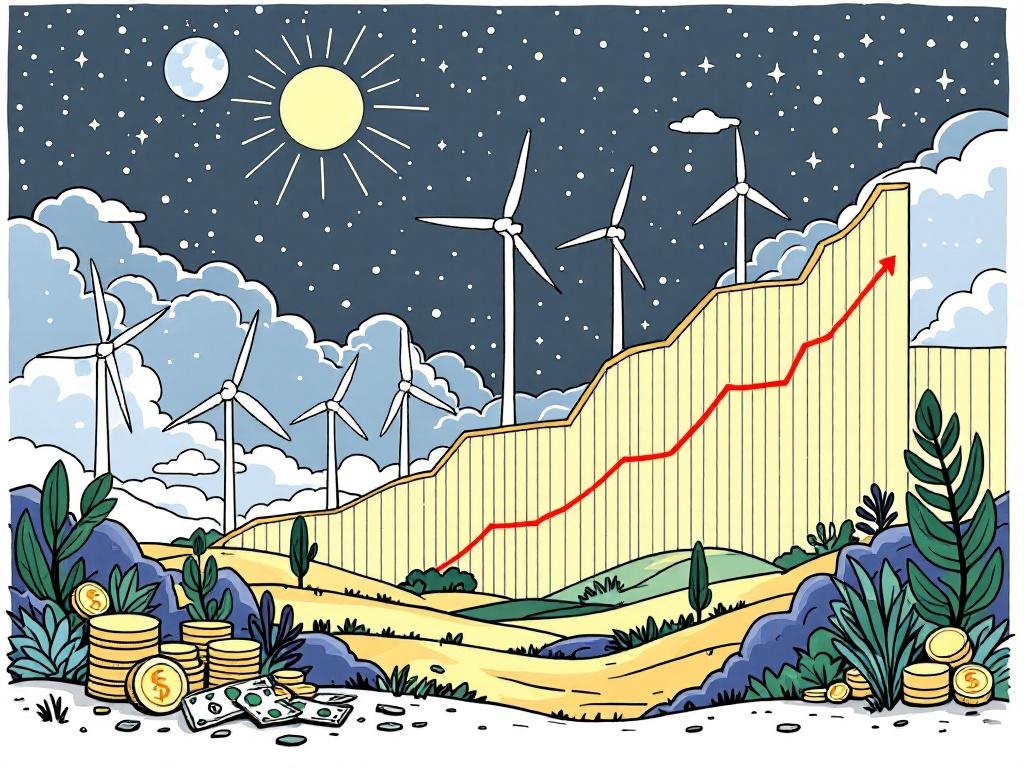Global Renewable Energy Growth Fails to Meet UN Climate Targets

New York, Wednesday, 15 October 2025.
Despite a record 582 GW increase in 2024, renewable energy growth must accelerate to 16.6% annually to meet the 2030 UN climate target, highlighting urgent policy needs.
Current State of Global Renewable Energy Growth
In 2024, the world witnessed a record-breaking addition of 582 gigawatts (GW) of renewable energy capacity, marking a 15.1% increase compared to the previous year. This surge, despite being impressive, remains insufficient to meet the United Nations’ climate goal of tripling renewable energy capacity by 2030. To achieve this ambitious target, the annual growth rate must climb to 16.6% from 2025 onward, underscoring the critical need for accelerated efforts and policy adjustments [1][2].
Challenges in Meeting Climate Targets
The current shortfall in renewable energy expansion arises from several compounding factors. Notably, policy changes in major economies like the United States have led to revised forecasts, diminishing expected growth by nearly 50%. Meanwhile, China remains a dominant force, contributing nearly 60% of global renewable growth and surpassing its 2035 wind and solar targets five years ahead of schedule [3][4]. However, the global renewable capacity, projected to double by 2030, still falls short of the COP28 pledge to triple capacity, highlighting a significant gap that needs to be addressed [3].
Economic and Policy Implications
The economic implications of failing to meet these targets are profound. As the International Renewable Energy Agency (IRENA) emphasizes, while breaking renewable capacity records is a step forward, it is not enough to sustain the 1.5°C global warming threshold. The agency calls for integrating renewable targets into national climate plans and doubling collective Nationally Determined Contributions (NDCs) ambition. This requires scaling investments in renewables to at least USD 1.4 trillion per year through 2030 [1]. Additionally, the potential to generate more electricity from renewables than coal for the first time in the first half of 2025 demonstrates a pivotal shift in the energy landscape [1].
Future Pathways and Solutions
To bridge the gap between current progress and future targets, governments and industries must prioritize investments in grid infrastructure, supply chains, and clean-tech manufacturing for solar, wind, batteries, and hydrogen. Furthermore, the focus should not solely be on the power sector; a system-wide approach that includes decarbonizing other sectors could offer a more cost-effective path to reducing emissions while maintaining alignment with the Paris Agreement temperature targets [5][6].